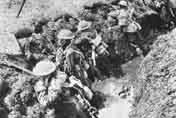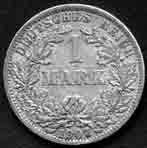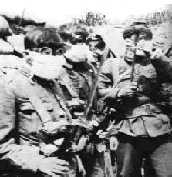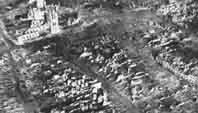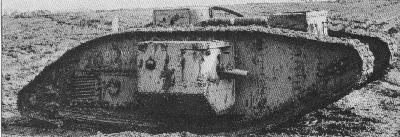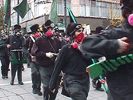 |

|
 |
LEST
WE FORGET:
What was the First World War
all about?
Part 2.
Read
Part One

The
battle zone, World War I.
|
On the night of 21st March 1918, the Germans hurled themselves at the British in the centre of the Allied line in the second Battle of the Somme. For a week, the British were forced back, but eventually halted the German advance at Amiens. The Germans then launched massive attacks against the French to the right, which drove the line back once more to the Marne, where another stubborn resistance held the ferocious German attack.
War-weariness and exhaustion was affecting both sides by this time. The original British regular army had been destroyed in the first few months of the war. Kitchener's volunteer army, comprising those who had so enthusiastically flocked to the recruiting offices in 1914-15, had been destroyed at the Somme. The British were now scraping the bottom of the barrel to replace the horrific losses. The very young, the old, and the unfit were all being dragged in. When fresh American troops joined the final Allied offensive which opened on 18th July, the Germans wilted and were rolled back until the final victory on 11th November 1918.
|
|
Lest
we forget –
the aftermath
Shattered tree stumps threw out leaves, and the ground became covered in poppies . . . a plant that thrives naturally where ever soil is badly disturbed. . . which became an emblem and trade-mark for a new "Remembrance" industry. Towns and villages were painstakingly re-built, and today, only the pages of history and the many man-made memorials make the visitor aware of the insane carnage that was acted out in these areas.
|
Accurate numbers of losses on the Western front are unknown, but even today, bones and skulls are unearthed by ploughs and ditching machines. Many memorials list names of those "lost without trace" . . . 55,000 engraved at the Menin Gate, 34,000 at another memorial nearby and so on. These are just the names of british and Empire troops and do not include French, belgian, or german losses. Acres of war graves litter France, in which those whose remains were found are laid to rest.
Today, in this year 2002, the land on which these war graves exist has become valuable, and the French government have made it known that they intend allowing these grave sites to be used for capitalist development. The thought of bulldozers and construction activity operating upon these plots is abhorrent to most workers who are protesting about the lack of respect, gratitude, reverence and esteem etc for those who died for "freedom". The harsh question should be asked: what respect, gratitude, reverence or esteem did these reluctant and unsuspecting heroes ever have when they lived? A basic understanding of capitalism would indicate that the only freedom workers ever fight for in wars is the freedom for their national capitalists to do exactly as they wish to make a profit.
|
Mayday | Pictures | Contact us | Home | Links | Campaigns | Products | World War 1, part 1

